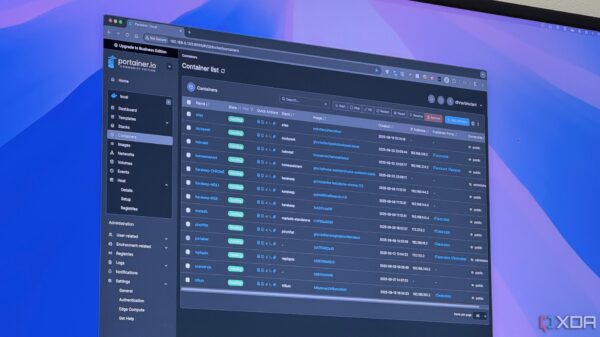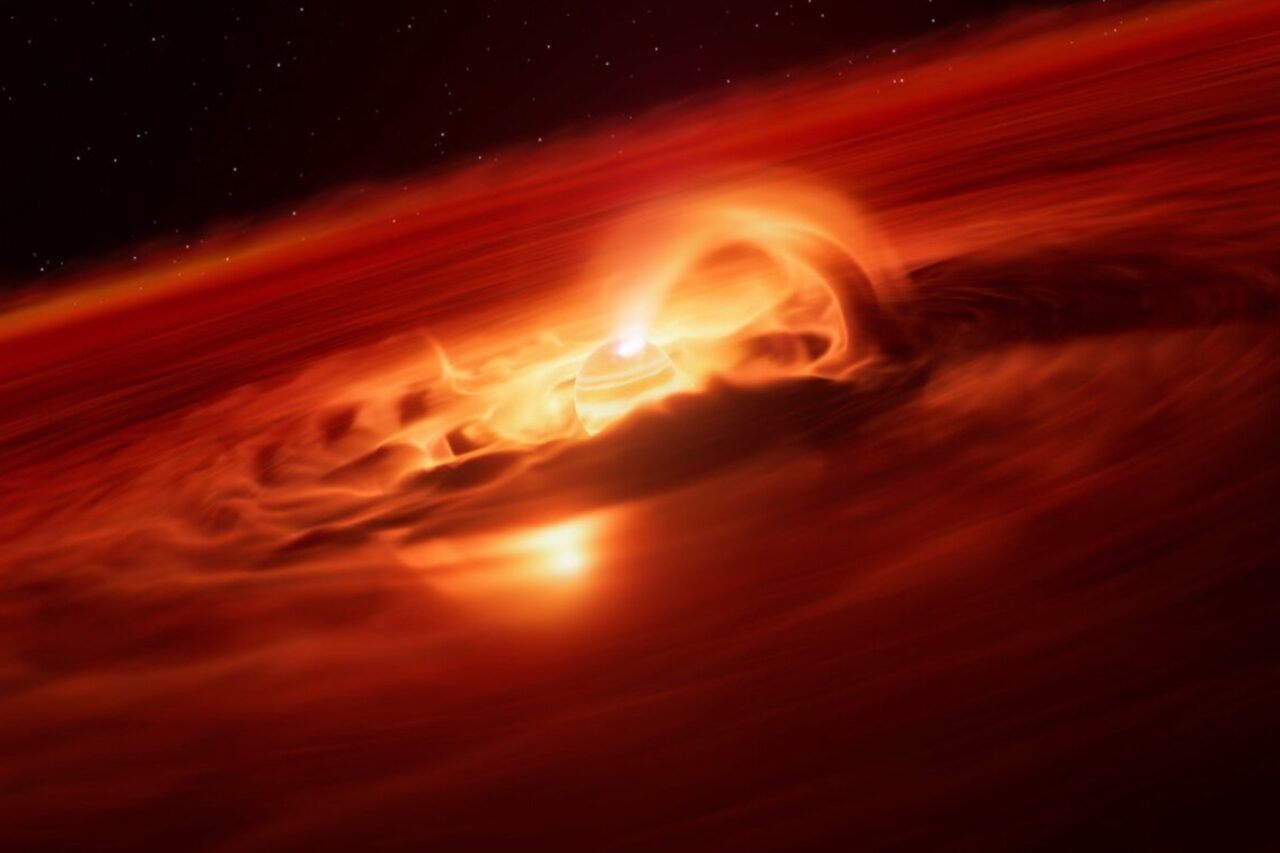A recently discovered rogue planet named Cha 1107-7626 is consuming gas and dust at an astonishing rate of 6 billion tons per second. This planet, located approximately 620 light-years away in the Chameleon constellation, is undergoing a significant growth spurt as it feeds on material from a surrounding disc of gas and dust, remnants of its formation. The details of this remarkable discovery were published in a study on October 26, 2023, in The Astrophysical Journal Letters.
Unprecedented Accretion Rate
Using the European Southern Observatory’s (ESO) Very Large Telescope, astronomers have observed that Cha 1107-7626 is in the early stages of its formation. It is currently experiencing the strongest growth rate ever documented for a planetary body. The research team found that the planet’s rate of accretion has increased dramatically, measuring eight times faster than earlier observations made just a few months prior.
According to Víctor Almendros-Abad, an astronomer at the Astronomical Observatory of Palermo and the lead author of the study, “This is the strongest accretion episode ever recorded for a planetary-mass object. People may think of planets as quiet and stable worlds, but with this discovery, we see that planetary-mass objects freely floating in space can be exciting places.”
Unique Formation and Magnetic Activity
Rogue planets like Cha 1107-7626 can form through two primary processes: they may originate around a star and later be ejected, or they may form independently from the collapse of a gas and dust cloud. Although these planets are not tethered to a star, they can still possess discs of material from their formative years.
This particular planet has a mass estimated to be between five and ten times that of Jupiter. Researchers have noted that its rapid growth may be linked to magnetic activity that enhances the rate at which material falls into the surrounding disc. Notably, the team detected water vapor during the accretion process, a change in the chemical composition of the disc that had not been observed previously.
Such magnetic activity has traditionally only been documented in stars, suggesting that even lower-mass planetary objects can generate significant magnetic fields capable of influencing their accretion processes. Amelia Bayo, an astronomer at ESO and co-author of the study, remarked, “The idea that a planetary object can behave like a star is awe-inspiring and invites us to wonder what worlds beyond our own could be like during their nascent stages.”
This groundbreaking discovery sheds light on the dynamic and complex nature of rogue planets, challenging preconceived notions about their behavior and formation. As research continues, scientists hope to uncover further insights into the processes that govern these intriguing celestial bodies.







































































